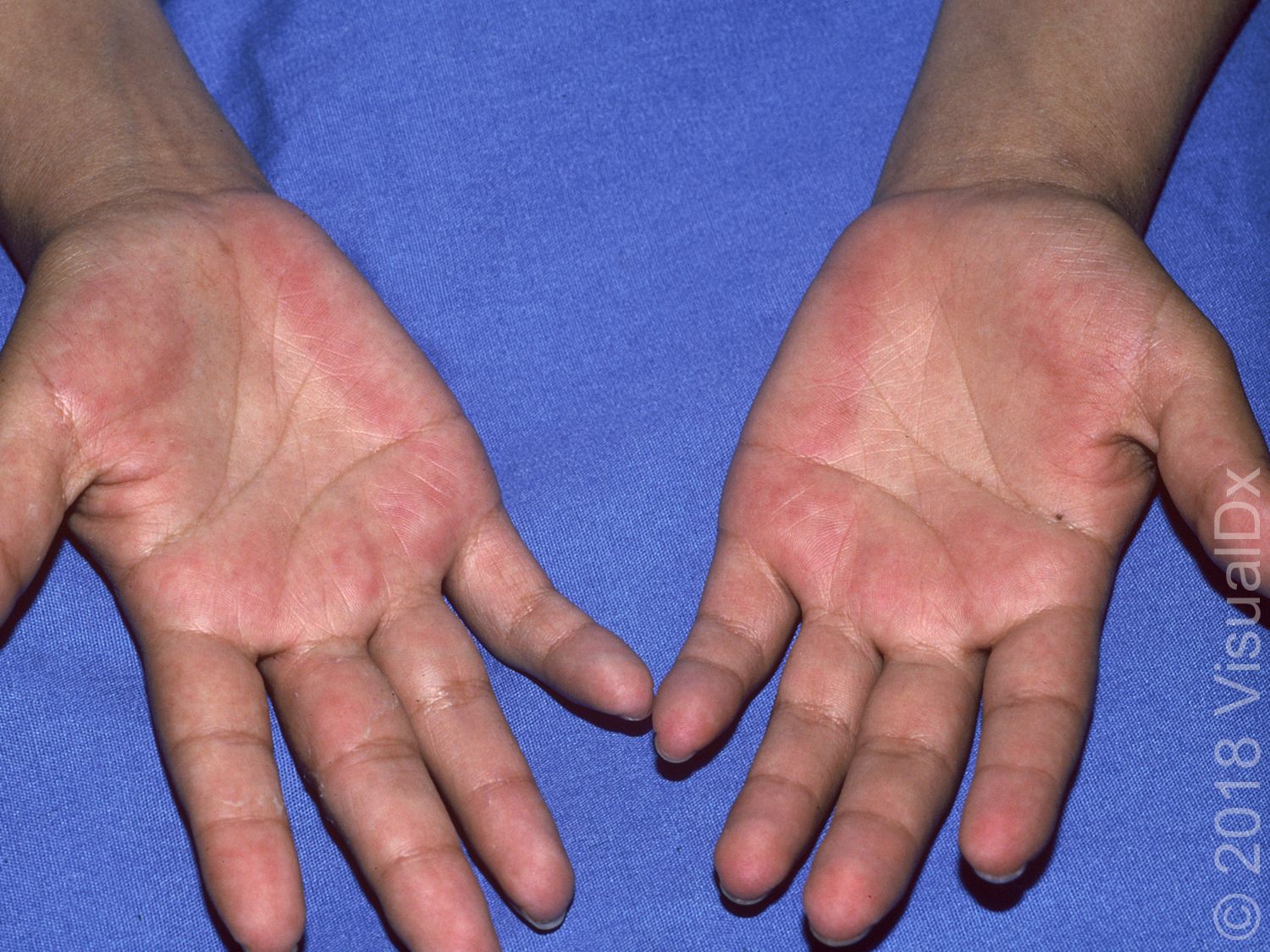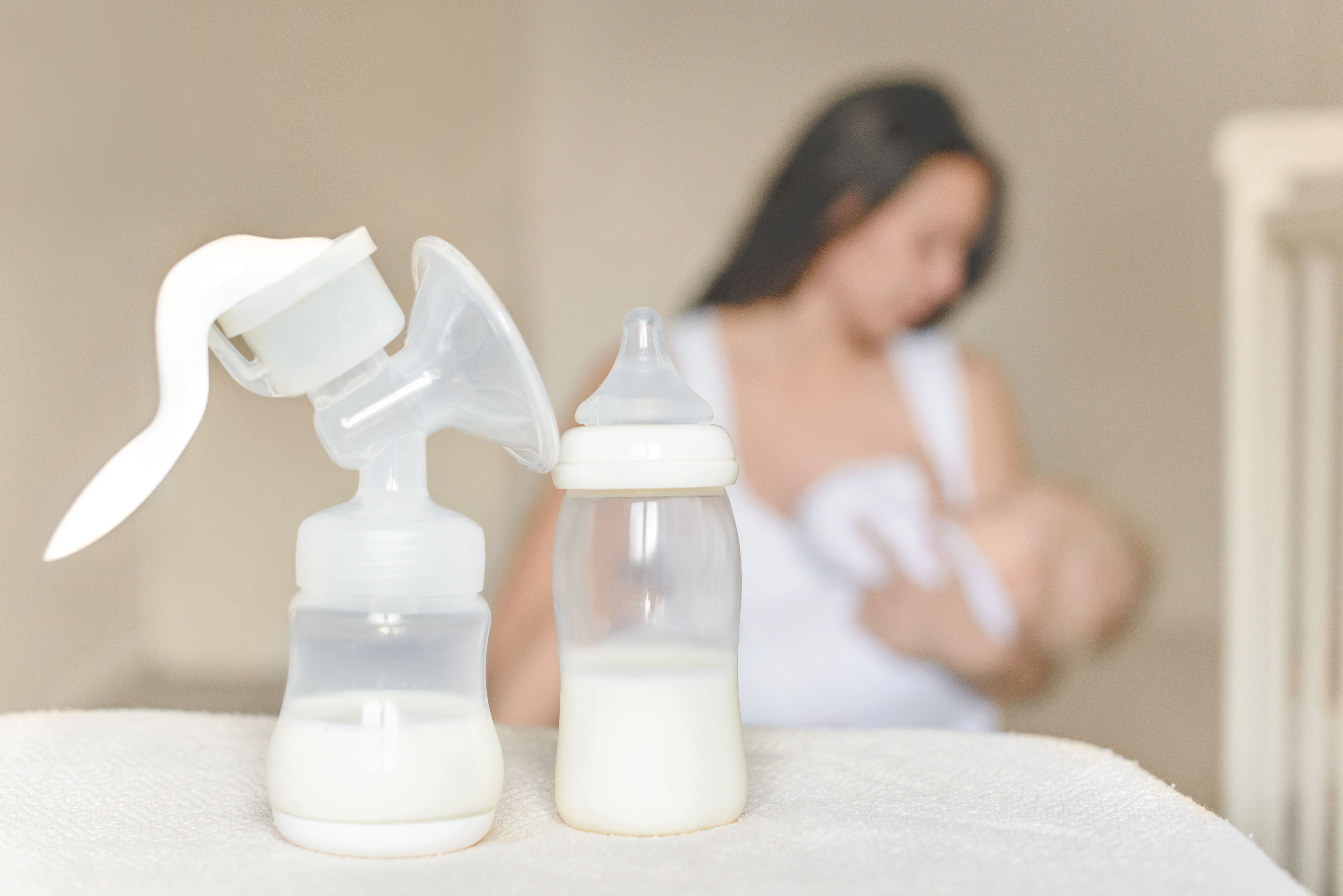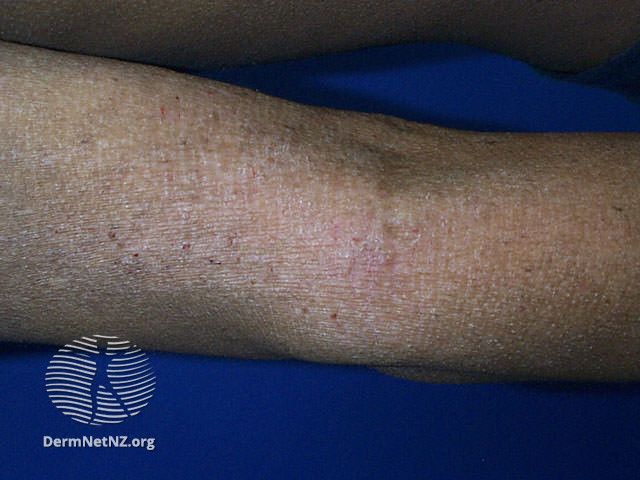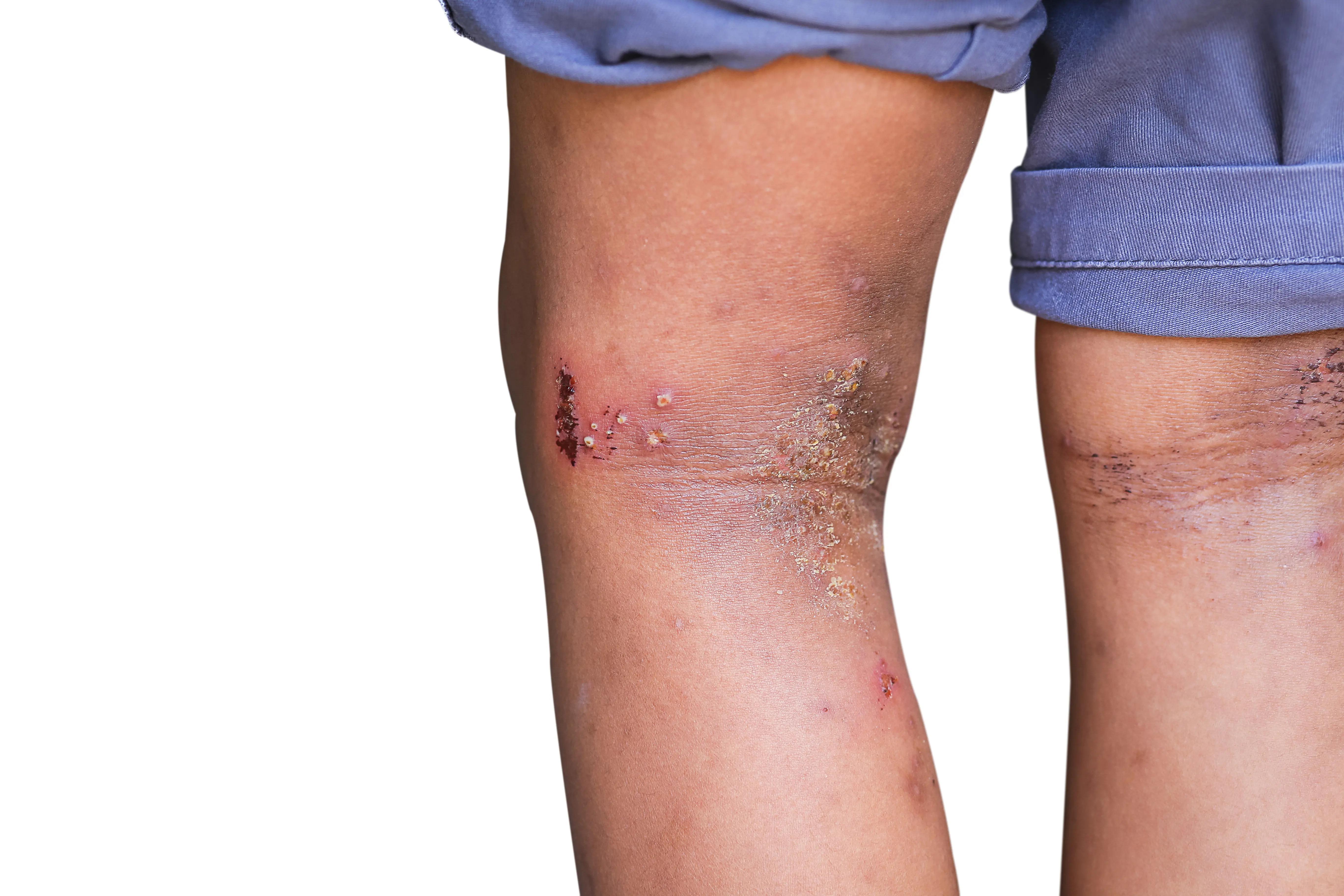- Case-Based Roundtable
- General Dermatology
- Eczema
- Chronic Hand Eczema
- Alopecia
- Aesthetics
- Vitiligo
- COVID-19
- Actinic Keratosis
- Precision Medicine and Biologics
- Rare Disease
- Wound Care
- Rosacea
- Psoriasis
- Psoriatic Arthritis
- Atopic Dermatitis
- Melasma
- NP and PA
- Skin Cancer
- Hidradenitis Suppurativa
- Drug Watch
- Pigmentary Disorders
- Acne
- Pediatric Dermatology
- Practice Management
- Prurigo Nodularis
- Buy-and-Bill
News
Article
Image IQ: Erythematous lesions on palms post chemo treatment
Author(s):
Image IQ: A 52-year-old man undergoing chemotherapy experiences erythematous lesions on his palms and soles five days after treatment. What’s your diagnosis?
Image IQ: A 52-year-old man undergoing chemotherapy experiences erythematous lesions on his palms and soles five days after treatment. What’s your diagnosis? (Photo courtesy of VisualDx 2018)

A 52-year-old man who was undergoing chemotherapy for leukemia was admitted to the emergency department five days after receiving cytarabine. He complained of a rapid onset of erythematous lesions on his palms and soles accompanied by tingling and burning sensations.
What’s your diagnosis?
A. Acral erythema
B. Cellulitis
C. Raynaud phenomenon
D. Exanthematous drug eruption
Visit the next page for the answer.
The correct answer is A: Acral erythema
Acral erythema, also known as palmoplantar erythrodysesthesia and hand-foot syndrome, has been described following treatment with several systemic chemotherapeutic agents. The exact pathogenic mechanisms of this disorder are still unknown. Typically, the eruption involves the hands and feet and often occurs within the first week of treatment. Common provoking agents include BRAF inhibitors (eg, vemurafenib, dabrafenib), imatinib, epidermal growth factor receptor (EGFR) inhibitors (eg, canertinib, lapatinib, vandetanib, sorafenib, sunitinib), cytarabine (cytosine arabinoside), 5-fluorouracil, doxorubicin, hydroxyurea, and mercaptopurine.
Reactions may occur sooner (24 hours to 3 weeks) and more severely with bolus chemotherapy than with low-dose continuous infusion and are usually reproducible with challenge.
Acral erythema may occur as part of a broader eruption, known as toxic erythema of chemotherapy, in which acral and intertriginous areas are involved. It is characterized by a painful erythematous rash, often with associated edema, located on the palms, fingers, and soles, preceded by dysesthesia.
ICD 10 Code: L27.1 – Localized skin eruption due to drugs and medicaments taken internally
For more information about this quiz â specifically, differential diagnoses and pitfalls, clinical tests, management pearls, therapy and a complete list of references â visit VisualDx online.






